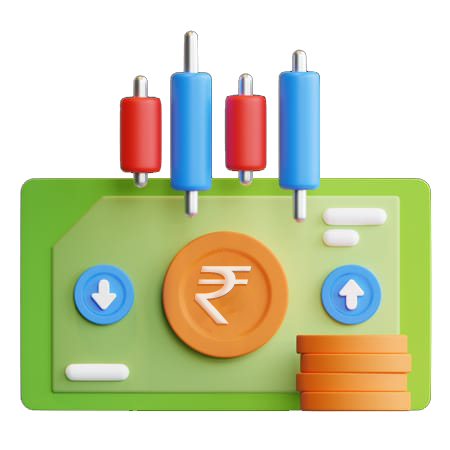India's Mutual Fund Industry at a Glance
- World's 2nd Largest Market: India boasts a massive Rs. 50 Lakh Crore AUM.
- Thriving Fund Landscape: 45+ AMCs offering 1,500+ unique funds.
- Widespread Investor Participation: 46+ million Indian households investing.
- SIP Boom: 62+ million active SIPs, showcasing investor confidence.
What Are Mutual Funds?
A mutual fund is a pooled investment vehicle managed by professional fund managers. It collects money from investors and diversifies it into stocks, bonds, or other assets. Investors own units of the fund, and the value of these units fluctuates with the underlying investments. Mutual funds are accessible, professionally managed, and ideal for achieving financial goals.
Why Invest in Mutual Funds?
Tax Savings
Save up to ₹46,800 annually by investing in ELSS funds.
Start with ₹100
Begin investing with as little as ₹100 and grow steadily.
Compounding Growth
Maximize your returns with the power of long-term compounding.
Expertly Managed
SEBI-registered fund managers ensure professional investment handling.
How to Invest in Mutual Funds
There are two main ways to invest in mutual funds:
- Systematic Investment Plan (SIP): Invest a fixed amount regularly to benefit from rupee cost averaging and compounding.
- Lumpsum Investment: Make a one-time investment for significant capital.
Types of Mutual Funds
Equity Funds
Invest in stocks for high long-term growth.
Debt Funds
Earn steady income with low-risk bonds and securities.
Hybrid Funds
A mix of stocks and bonds for balanced returns.
Index Funds
Track and replicate market indices like Nifty 50.
Tax-Saving Funds
Save on taxes while investing in equity markets.
Thematic Funds
Focus on specific sectors for targeted growth.
Start Your Mutual Fund Journey Today
Take the next step toward achieving your financial goals.
Get Started NowMutual Funds FAQs
Find answers to common questions about investing in mutual funds.
Mutual Funds pool money from multiple investors to invest in a diversified portfolio of stocks, bonds, and other securities, managed by professional fund managers.
Investors purchase units of a mutual fund, and the fund manager invests this money in various assets. The fund's value fluctuates based on the performance of these assets.
There are various types of mutual funds, such as equity funds (invest in stocks), debt funds (invest in bonds), hybrid funds (a mix of equity and debt), and sectoral funds (invest in specific sectors).
You can invest in mutual funds directly through Asset Management Companies (AMCs) or via a distributor. You can choose lump-sum investments or invest systematically through SIPs (Systematic Investment Plans).
SIP (Systematic Investment Plan) is a method of investing a fixed amount regularly in mutual funds, which allows for disciplined investing and rupee cost averaging.
Mutual funds are relatively safer than individual stocks, but they come with market risks. Equity funds are riskier, while debt funds are less risky.
NAV (Net Asset Value) is the per-unit value of a mutual fund. It represents the fund’s value per share or unit on a given day.
Open-ended mutual funds allow investors to buy and sell units anytime, while closed-ended funds have a fixed number of units and can only be bought or sold during specific periods.
Mutual funds charge fees like Expense Ratio, which covers management and operational costs, and in some cases, entry and exit loads.
Mutual funds are taxed based on the type of investment. Equity mutual funds are subject to long-term capital gains (LTCG) tax after 1 year, and debt funds after 3 years. Short-term capital gains are taxed at different rates for equity and debt funds.


